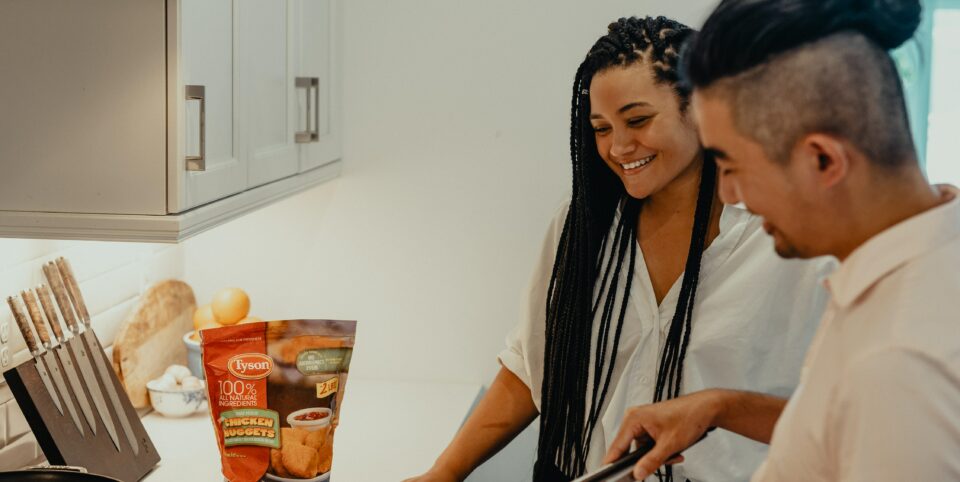Contact
020 7953 7040
info@ccameron.co.uk
Charles Cameron & Associates
Blackfriars Foundry
154-156 Blackfriars Road
London SE1 8EN
Shared ownership
September 19, 2023
Information published was correct at the time of writing
An alternative to traditional homeownership...

Shared ownership, an alternative to traditional homeownership, can be a feasible option for those struggling to get on the property ladder due to the high costs of properties and mortgages. This scheme allows potential homeowners to buy a certain percentage of a property, typically between 25% and 75%, and pay rent on the remaining portion. The deposit required for shared ownership is usually around 5% or 10% of the share you’re buying, making it considerably lower than the deposit needed for a full home purchase.
For instance, if you’re buying a 25% share of a £300,000 home, your share value would be £75,000. A 5% deposit on this share would mean you’d need to put down £3,750, compared to a £15,000 deposit for the full home value.
GROUND RENT AND SERVICE CHARGES FOR SHARED SPACES
Over time, you can increase your ownership percentage through a process called ‘staircasing’, reducing your rent as your ownership stake grows. However, remember you’ll likely have to pay ground rent and service charges for shared spaces.
Stamp duty can typically be deferred until your ownership share reaches 80%. Shared ownership schemes apply to new build properties owned by housing associations or existing homes via resale schemes. The home types on offer usually vary, including apartments, houses and bungalows.
POTENTIALLY LEADING TO FULL OWNERSHIP OVER TIME
Shared ownership is primarily aimed at first-time buyers or those who find it challenging to secure a traditional mortgage. However, the scheme has income restrictions – £80,000 or less for households outside London and £90,000 for those within London. If you’re buying with someone else, your combined income must not exceed these limits. Shared ownership provides a more affordable route to homeownership.
As you live in the property, you can gradually increase your equity share, potentially leading to full ownership over time. However, like any property purchase, lenders will review your credit score, and you must provide a deposit of at least 5% of the property share you’re buying.
SHARED OWNERSHIP: ADVANTAGES AND DISADVANTAGES
Advantages –
Accelerated homeownership: With a smaller deposit and mortgage requirement, shared ownership can enable you to become a homeowner sooner than traditional methods.
Affordability: Shared ownership is designed for individuals or families with lower incomes. The lower upfront costs make homeownership more accessible.
Flexible ownership: As your financial circumstances improve, you can increase your stake in the property over time.
Property options: The scheme applies to both new-build homes and existing properties, offering a variety of choices for potential homeowners.
Disadvantages –
Leasehold status: Shared ownership properties are typically leasehold rather than freehold. This means you don’t own the land the property is built on, which can come with certain restrictions.
Service charges: Regardless of your stake in the property, you must pay a service charge to maintain common areas. Ground rent may also be applicable.
Selling restrictions: When it’s time to sell, you might have to do it through the shared ownership scheme rather than on the open market, which could limit potential buyers.
Additional costs over time: While you can buy more of the property over time, this comes at a cost. The price you’ll pay for additional shares will depend on the property’s market value at that time, which could be higher than when you first bought.
Don’t forget, our professional friendly advisors are on hand to support you and can help you explore all of your options.



